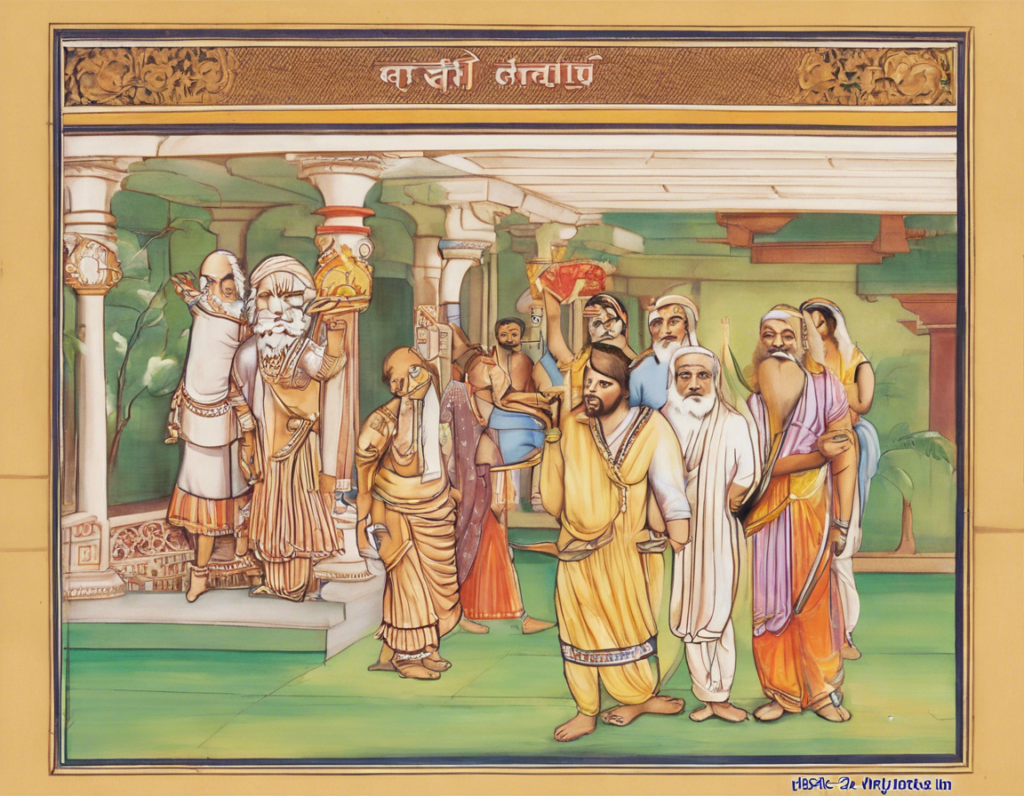
Hindi, one of the most spoken languages in the world, is rich in vocabulary and nuances that can sometimes be challenging to grasp for non-native speakers. One such word that often leads to confusion is “till.” While it may seem like a straightforward term, its usage in Hindi varies based on context and can convey different meanings. In this article, we will delve into the meaning of “till” in Hindi, exploring its various interpretations and providing examples to aid in understanding this versatile word.
“Till” in Hindi is primarily translated as “तक” (tak). This simple word carries a diverse range of meanings, making it a key component of everyday communication in the language. Understanding these nuances is essential for anyone looking to master Hindi comprehensively.
In Hindi, “till” is commonly used to indicate a specific time duration or limit. For instance, “रात दस बजे तक जागा रहा” translates to “I stayed awake till 10 o’clock at night.” Here, “tak” signifies the specific time until which the action took place.
Similarly, “till” can also refer to a physical distance in Hindi. For example, “स्कूल से घर तक कितना समय लगता है?” translates to “How much time does it take from school till home?” In this context, “tak” denotes the distance between two points.
Moreover, “till” in Hindi can signify an inclusive range or limit. For instance, “एक से दस तक गिनो” translates to “Count from one till ten.” Here, “tak” includes both one and ten in the counting sequence.
In some cases, “till” is also used as a conjunction in Hindi sentences. For example, “मैं उसे नहीं देखूँगा तक कि वह मुझे माफ कर दे” translates to “I will not see him till he forgives me.” In this instance, “tak” connects the action of not seeing with the condition of forgiveness.
Lastly, “till” can express a sense of anticipation towards a future event or outcome in Hindi. For example, “वह तब तक नहीं आएगा जब तक उसे बुलाया नहीं जाएगा” translates to “He will not come till he is called.” Here, “tak” indicates the expectation of his arrival after being called.
In Hindi, both “till” and “until” are often translated as “tak.” They are used interchangeably to indicate a limit or duration.
Can “till” be used with past tense verbs in Hindi sentences?
Yes, “tak” can be used with past tense verbs to specify the time until which an action occurred in the past.
Is there a casual or colloquial way to say “till” in Hindi?
For a more casual tone, “tak” can be replaced with “तकि” (taki) in spoken Hindi conversations.
How do you express “not till” or “not until” in Hindi?
To convey “not till” or “not until” in Hindi, you can use the phrase “नहीं तक” (nahi tak).
Can “till” be used to indicate a purpose or reason in Hindi?
Understanding the various meanings and applications of “till” in Hindi is crucial for grasping the intricacies of the language. Whether denoting time duration, physical distance, inclusive ranges, conjunctions, or future expectations, “तक” (tak) plays a pivotal role in conveying precise information in Hindi communication. By immersing oneself in examples and practicing its usage, learners can enhance their proficiency in utilizing this versatile word effectively in their conversations and written expressions.